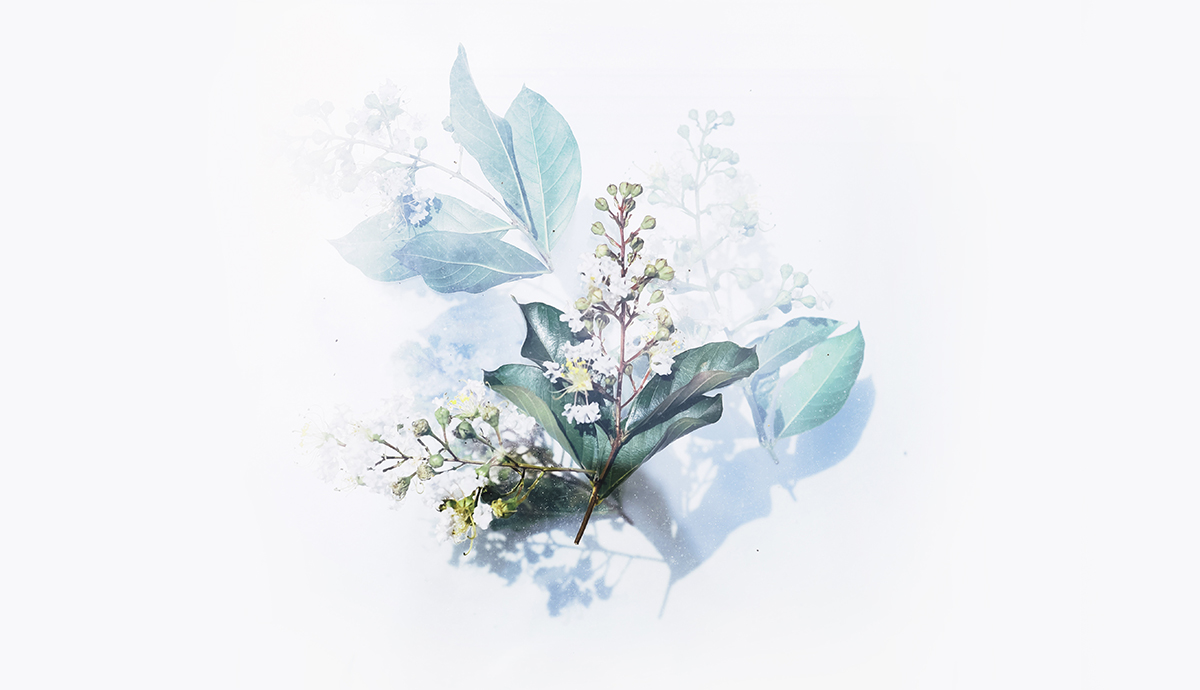How to Read Narcissus Flowers

Most living things in West Tennessee evolved to blend with browns and greys in the winter, a snowless season of dead, shedded skins. That’s the color of deer and most snakes there. It’s the reason white squirrels were almost hawk-hunted to extinction in Kentucky a few years back. It’s easy then to notice daffodils late in the season, the first to sprout overnight when the frost has let up a few days, though usually it will return again before spring arrives.
Over the years, we tried planting a lot that didn’t take. The tree that grew against the shed gave gorgeous yellow apples the size of a child’s hand, though it eventually stopped flowering and after a while died altogether. The rosebush, too, ended a tangle of resilient thorns. We had to dig for feet to find where it began and finally get rid of it. My mother especially wanted tomatoes and tried to grow them for years, though what I remember is not the fruits themselves but her dismay at their failure. And her utter indignance that a green tomato plant managed to grow on its own in the horse corral, like the cast-off jack-o'-lanterns that a year later gave rise to a pale, orange flower in the front pasture. What we could eat or feed to the horses rarely survived long. What we were left with was color—the white flowering weeds, the blue-lavender irises by the cellar steps.
Daffodils are a good sign humans have been in a place, because they don’t tend to spread as easily as other flowers. They can reproduce with pollination, but often we break apart their bulbs to make new plants. Those dug up bulbs look like little onions, but in fact the whole plant is poisonous, so even a dog or a rabbit wouldn’t eat the seeds and take them to a new part of the forest. Just handling them for long can cause skin rashes, if you’re not careful. So moving through the woods, to find a clear spot and a too-clean line of daffodil clusters means to think of who might have lived or stopped there a while before. The man who hunted with his grandpa here as a kid, the woman whose family came and insisted her ashes belonged on our pasture, the burial mounds half an hour away. They’re not unmoving reminders, like we imagine stone, earth. Yet still they arrive each year in that place, a few weeks. There are many ways to be patient.
As we sweat through a late evening in the kitchen once—a muggy warm snap that led us to keep all the windows and doors open—my mother told me that without realizing it I sing when I cook, almost like I have to feel the things I hold not with my hands alone, but with my tongue resting behind my teeth, rolling the work around in my mouth. Later I noticed I do the same when I’m walking or reading. Following rhythms I haven’t counted, beginning somewhere I don’t remember.
My mom has spent most of her life watching the women near her pair up with people and things that would hurt them. Once when I was very young — for reasons she didn’t speak about, not then, my mother took a bucket of bulbs and started at the top fence post, digging, planting, replacing the earth, working her way along in a crouch until her back wouldn’t quite straighten, until she reached the road at the bottom of the hill. The whole afternoon, just spade splitting earth, her near-silent breathing.
There will always be more stories buried than I can uncover in that place, and far more than belong to me. What I can tell—the spring is a quiet season there. When damp, the half-living grass and the years of dead leaf rot will mask footsteps, and the crickets and cicadas have yet to come out, the birds appear intermittent, unsure yet what to call for. To write about this part of the forest at this time is to populate it with sounds, to be willing to listen for a long time. I don’t have a name for a pain that can create life. I don’t know if I need to write about what I have names for.
The first warm spell is always a fickle one, especially when it’s long enough you start to think the turn won’t come. She used to let us run to the corner and pick the flowers to put in a vase on the sill, since she knew a frost would return soon to wilt them overnight, anyway, so there was little point in letting them live much longer. Tending to the plants inside seemed the most careful act of cultivation, holding off the cold beyond the window. How much it seemed that combining water with fertilizer in a cup, keeping the daffodils open in the sun, would sustain them all until the ice went away again. That it would be thanks to our hands, our whispered dreams, that beauty would return to the world.
Recommended
Nor’easter
Post-Op Appointment With My Father
Cedar Valley Youth Poet Laureate | Fall 2024 Workshop





